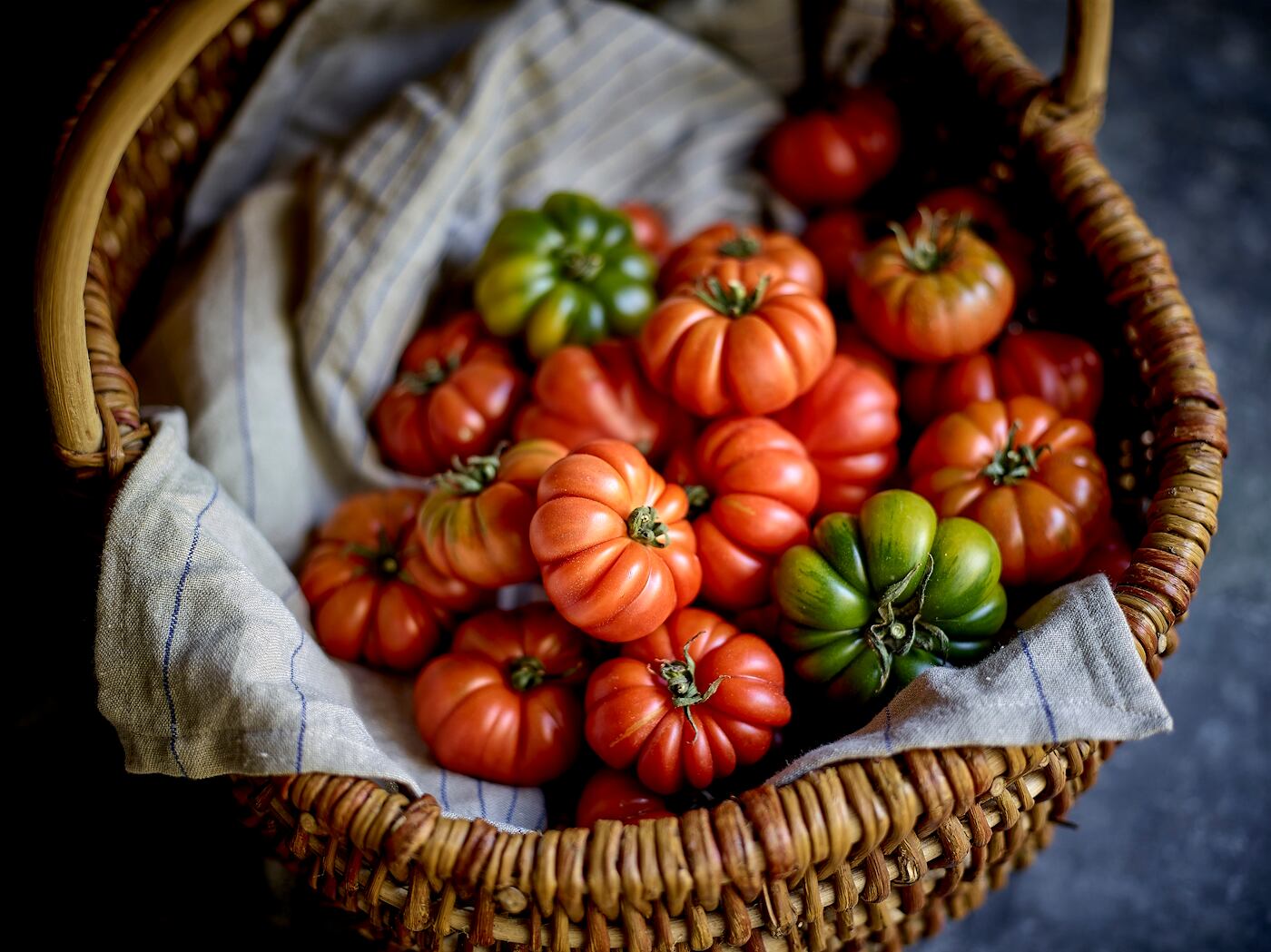As consumer interest in the products they put into their bodies evolves, scrutiny of the labels on the food and drink they purchase is becoming evermore stringent.
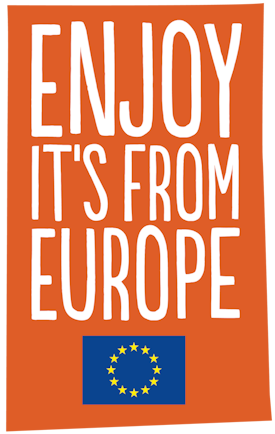
In fact, a recent study showed that more than three-quarters (76%) of UK adults now read food labels before purchasing – and this figure rises to 82% among the younger generation of 18- to 34-year olds. As such, food and drink producers increasingly need to ensure that their product labels are transparent and comprehensive on the ingredients contained, while also providing quality choices when it comes to provenance and security on issues such as allergens.
At a time when consumers are seeking more transparency from food and drink labels, the EU’s robust legislation and control systems offer assurances of safety, quality and authenticity.
How the EU can meet consumers’ exacting standards
The European Union (EU) is a vast and diverse landmass that offers a wealth and variety of produce. This diversity is supported by centuries-old traditions and modern techniques that improve efficiency, quality and safety.
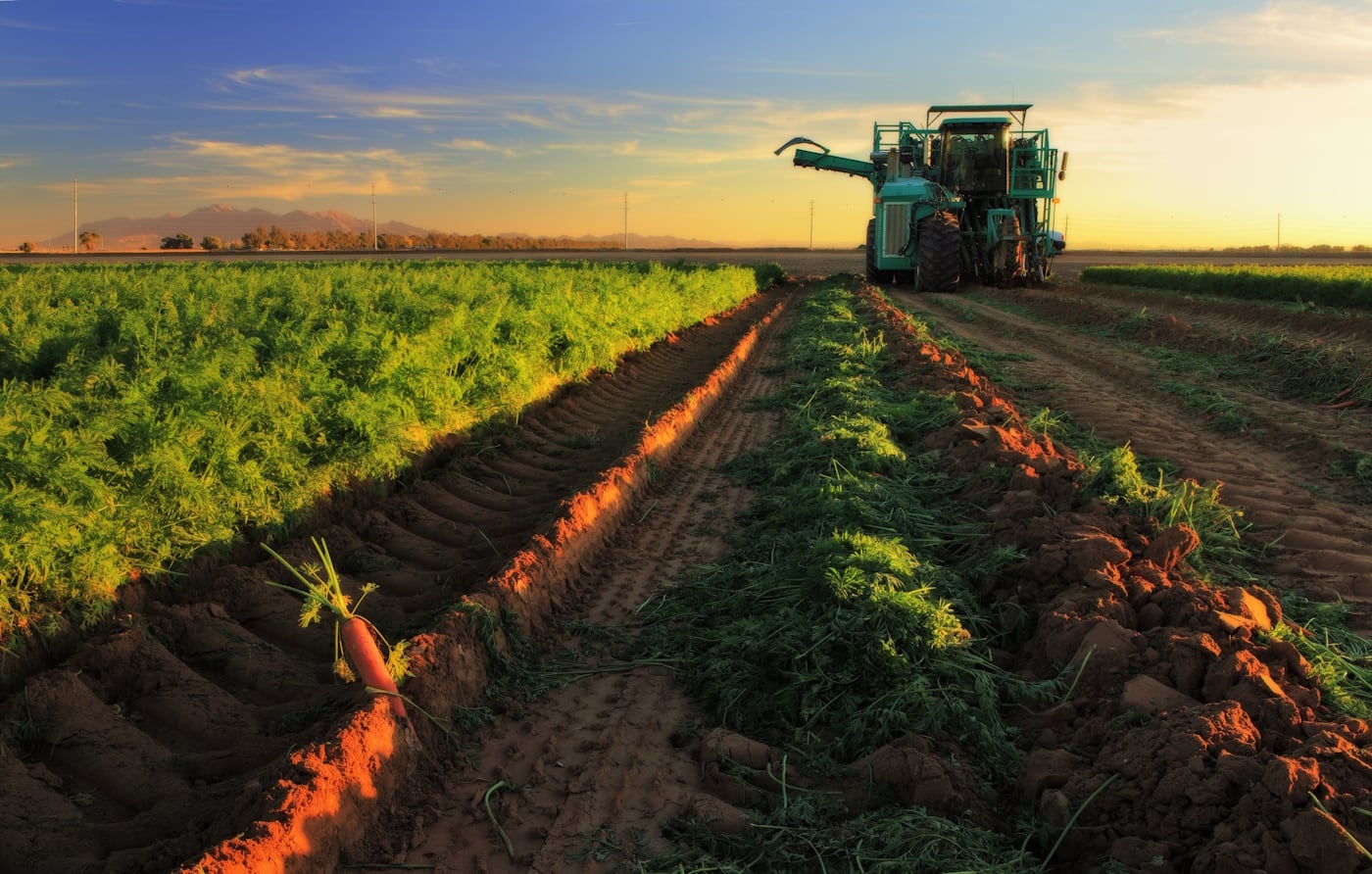
Farmers and food and drink producers within the EU are subject to some of the world’s most stringent health and safety standards.
EU health and safety legislation is harmonised across all 27 Member States and enforced from farm to final purchase. To meet and maintain these standards and ensure compliance, EU institutions collaborate to implement, monitor and evaluate food and farming policies. National and local authorities execute laws agreed at EU level, such as the restrictions on substances permitted in animal feed. The EU monitors the application of food safety laws, assesses their effectiveness, and coordinates amendments when needed. EU farms must be registered to enable the immediate traceability of all food products, ensuring that any item posing a potential risk to consumers can be quickly identified and withdrawn from the market.
Assurance by category
Within the fruit and vegetable category, safety is ensured through a comprehensive management system involving growers, traders and monitoring bodies, designed to meet market and consumer requirements.
For meat and dairy, safety begins with animal health and is safeguarded by dedicated EU Animal Health laws. An advanced system of disease control gives the EU one of the most comprehensive livestock surveillance programmes in the world. Systems are also in place to detect hormones, chemical residues, and microbial contamination.
Across the entire EU food chain, a framework governs hygiene, labelling, refrigeration, animal health and welfare requirements.
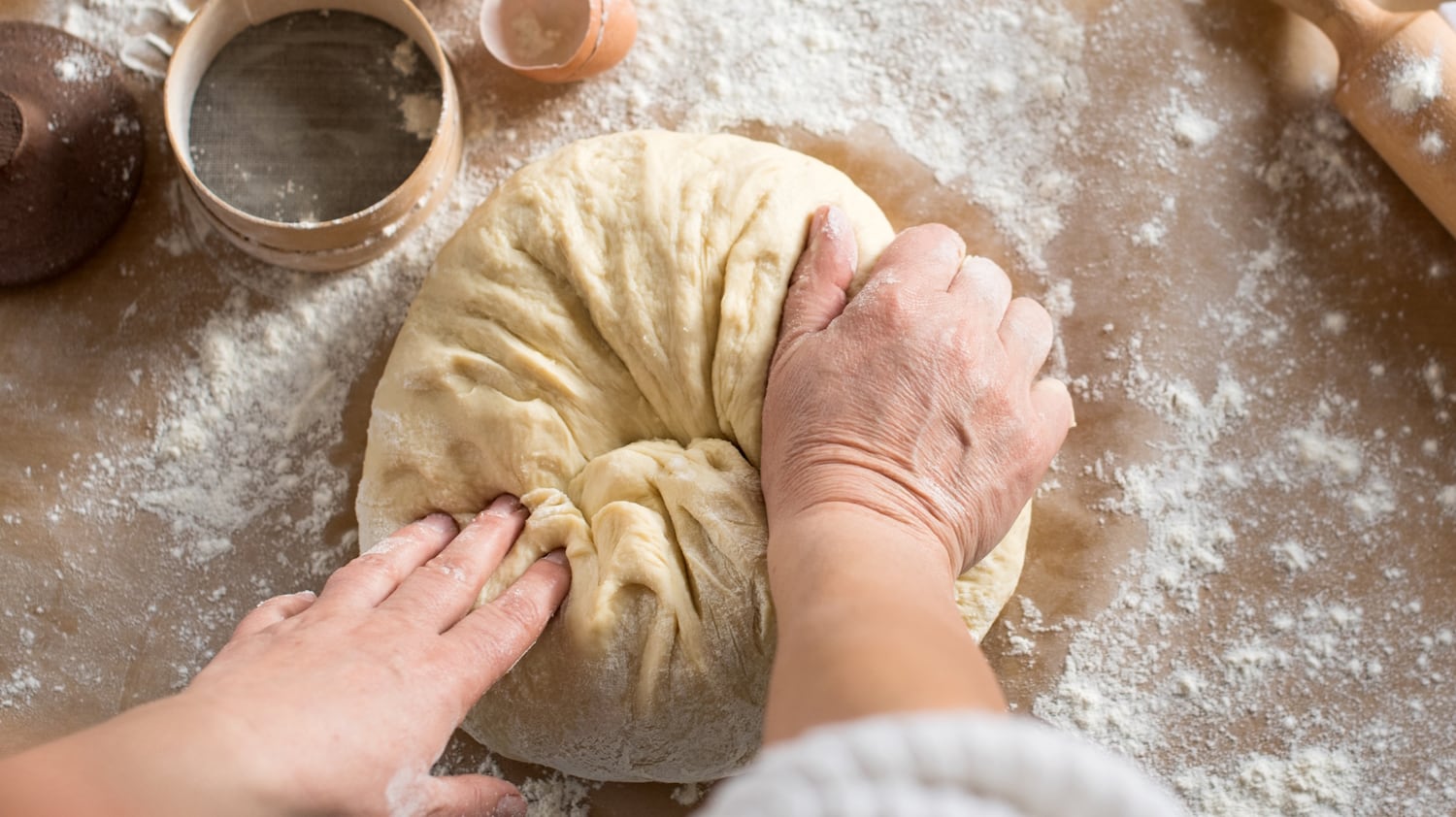
In the confectionery and baked goods sector, every production stage is regulated to ensure high hygiene standards and prevent contamination, regardless of the scale of the business. Artificial additives, flavourings and enzymes are strictly limited, and product labels must indicate the presence of any of the 14 common allergens.
Assuring quality and provenance
In addition to rigorous safety requirements, the EU ensures the highest quality standards across all 27 Member States. Mandatory EU labelling standards guarantee the use of the best and safest ingredients for food and drink products produced anywhere within the EU.
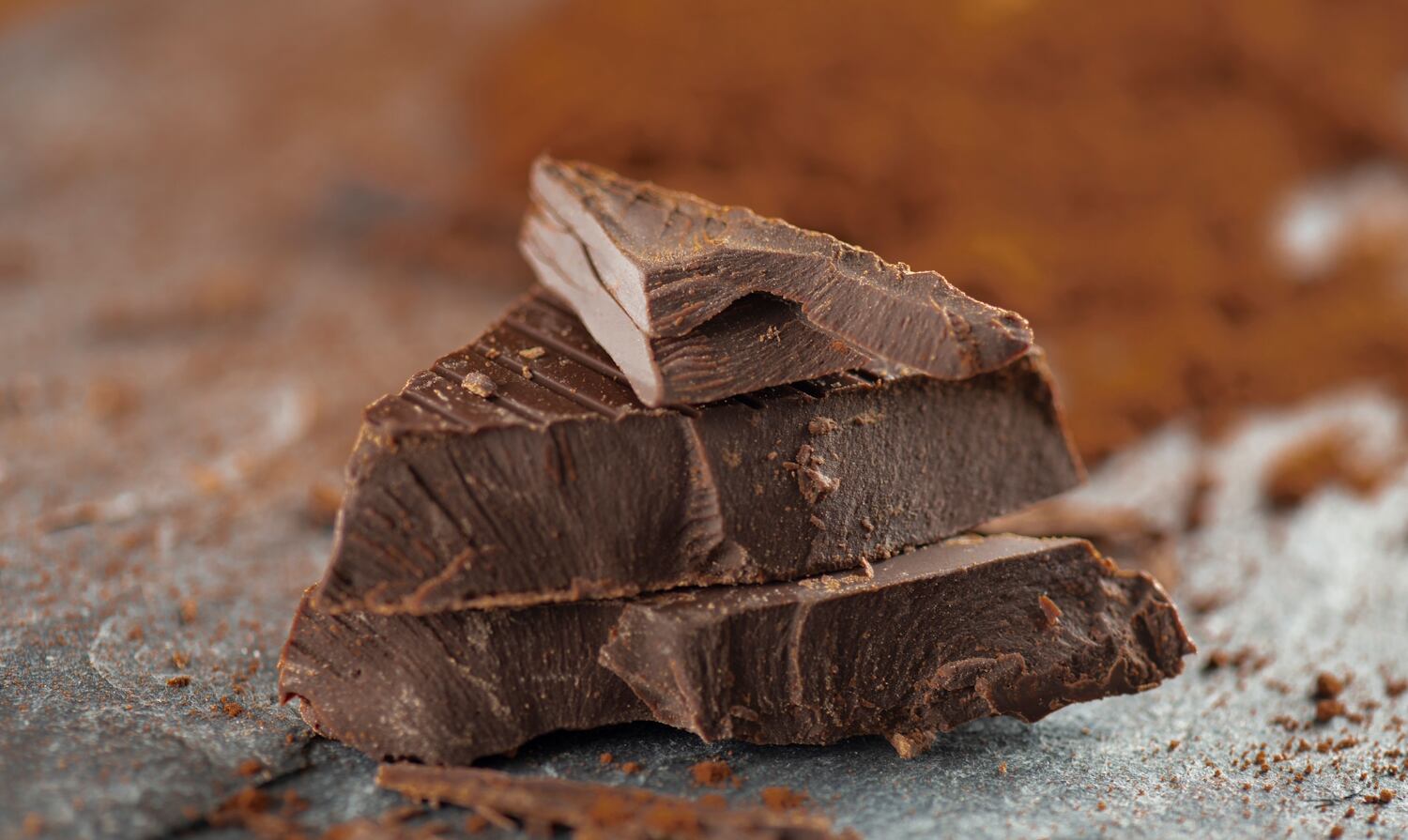
For instance, to be labelled as chocolate, a product must contain at least 20% cocoa. EU producers must use only natural and minimally processed raw materials, free from additives. Quality checks are carried out throughout production – from ingredient selection to final visual inspection of products such as biscuits and confectionery.
While the EU is often at the forefront of innovative practices in food and drink production, it is also home to products made using techniques founded many centuries ago.
EU quality schemes, established in 1992, protect the names of such products, promote their unique characteristics, and preserve the traditional know-how involved in their manufacture. These schemes identify products as authentic, high quality, compliant with strict safety standards, and unique to their region of origin.
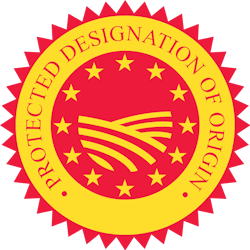
Products bearing the Protected Designation of Origin (PDO) label have an indisputable link to the place where they are produced. All aspects of production, preparation and processing must occur in the designated region.
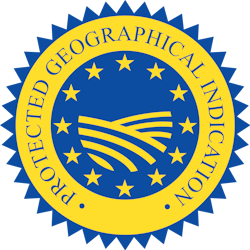
The Protected Geographical Indication (PGI) label identifies products that have a specific quality, reputation or other characteristics attributable to their geographical origin. In this case, at least one production stage must take place in the region concerned.
Geographical Indications (GIs) can be granted to a wide variety of food and drink items – for example: Alho da Graciosa PGI (garlic) from Portugal, Paški sir PDO (cheese) from Croatia, and Italy’s Cioccolato di Modica PGI - the first chocolate to be awarded geographical protection.
Recent registrations include Trnavský slad PGI (barley malt) from Slovakia - a light Pilsner-style barley malt, made from specially bred barley grown on the Trnava plain. It is primarily used for brewing high-quality beer.
Miel wallon PGI (honey) from Belgium, registered in February, is made by bees from nectar or honeydew gathered in the Wallonia region. With its smooth, creamy texture and fine crystals, it is ideal for spreading and has won several awards for local beekeepers.
Ġbejna tan-nagħaġ PDO from Malta, is a fresh cheese made from whole raw sheep’s milk. Deeply rooted in Maltese culinary heritage, it features in many traditional recipes.
So, whether it’s chocolate from Italy or cheese from Croatia, for example, the EU provides a reliable source of diverse, trusted ingredients – from farms and factories all the way to shop shelves.
For more information, please visit: https://enjoy-its-from-europe.campaign.europa.eu/united-kingdom/en

